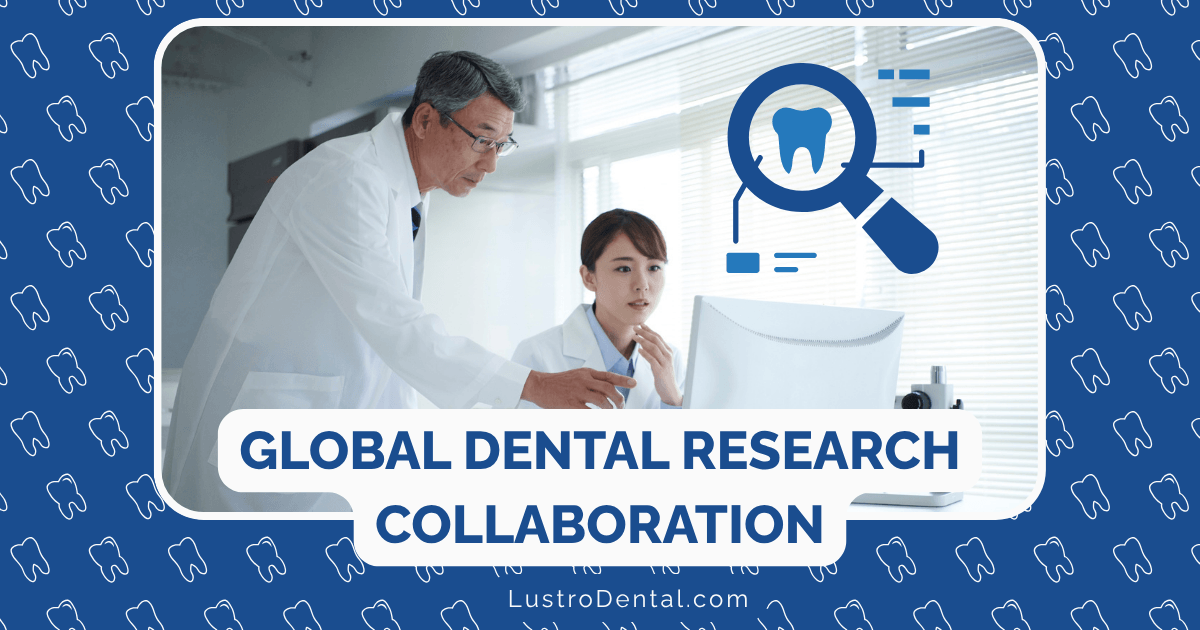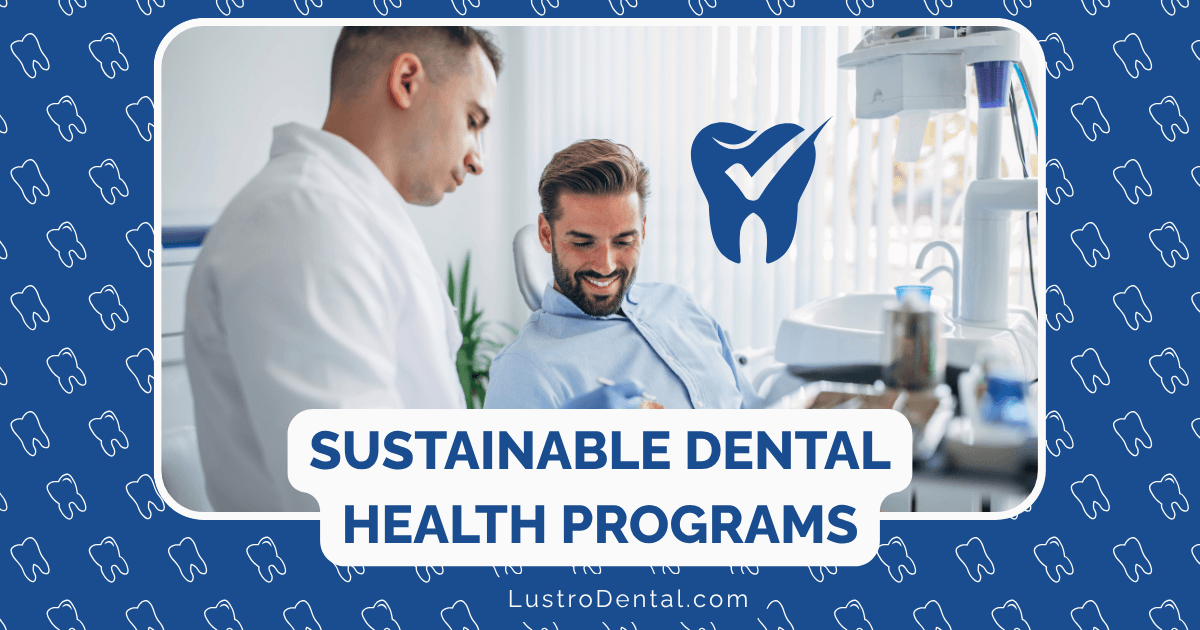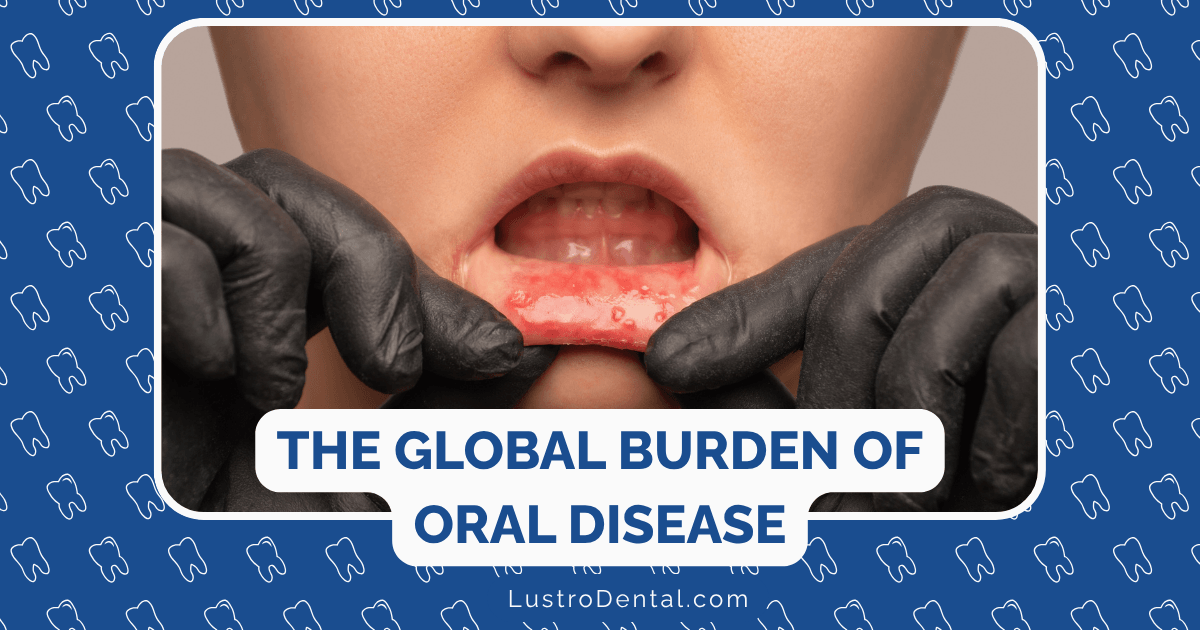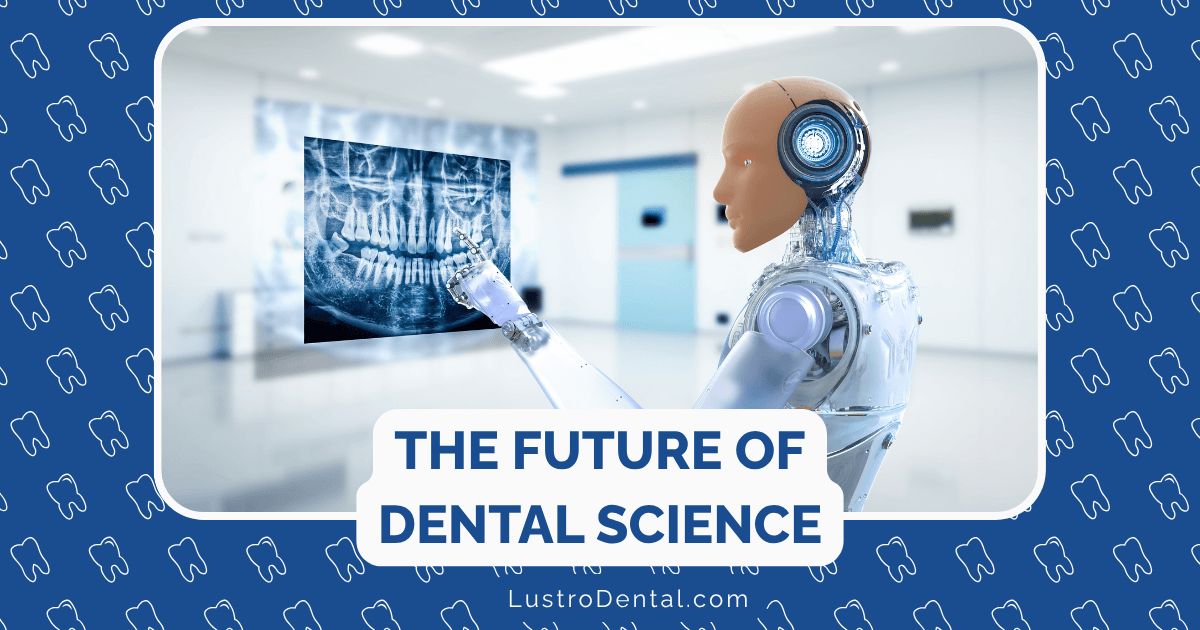Painful Past: Historic Dental Treatments That Will Make You Grateful for Modern Dentistry
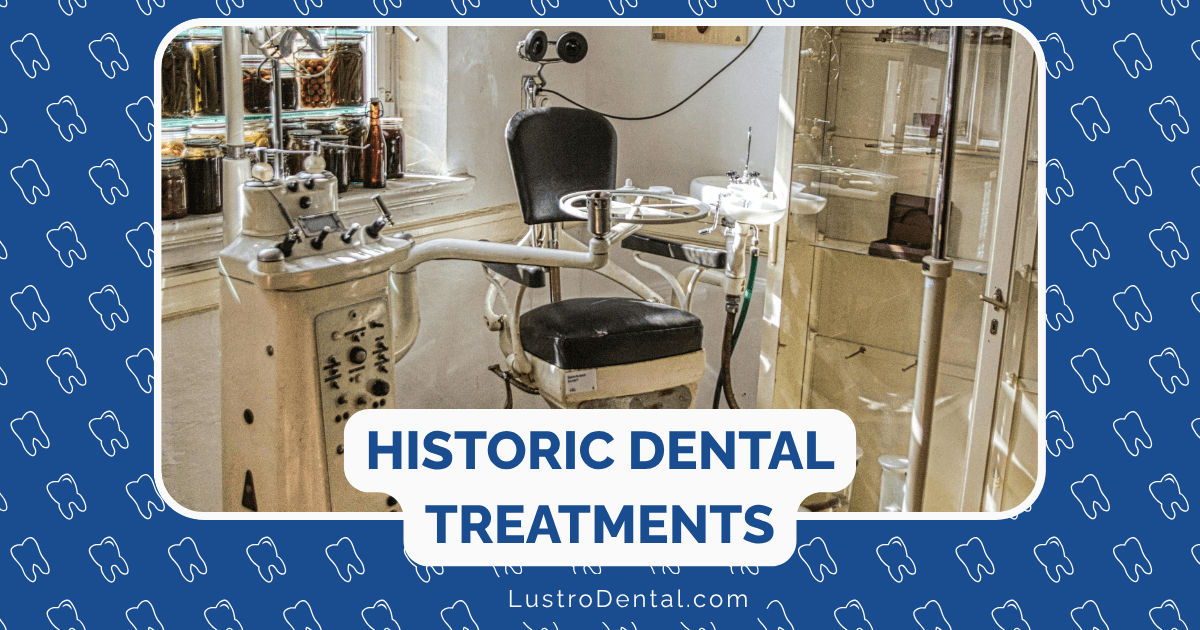
The next time you’re sitting in a comfortable dental chair, with gentle music playing in the background and painless anesthesia making your procedure bearable, take a moment to appreciate how far dentistry has come. Throughout history, dental treatments were often excruciating, bizarre, and sometimes more dangerous than the conditions they aimed to treat. Let’s take a journey through the painful past of dentistry that will make you incredibly grateful for modern dental care.
The Tooth Worm Theory: An Ancient Misconception
For thousands of years, across numerous civilizations, people believed that tooth decay and pain were caused by tiny worms that bored into teeth. This “tooth worm” theory, first mentioned in a Sumerian text around 5000 BCE, persisted until the 1700s.
The Treatment: To lure out these imaginary worms, practitioners would:
- Apply honey to the painful tooth (hoping to attract the worms out)
- Hold hot wires near the tooth to “smoke out” the worms
- Place mixtures of herbs and animal parts on the affected area
According to the American Dental Association, patients would sometimes be shown small white nerve fibers from extracted teeth as “proof” that the worms had been removed. Needless to say, these treatments did nothing to address the actual causes of dental decay and often allowed infections to worsen.
Barber-Surgeons: The Original Dental Practitioners
From the Middle Ages until the 18th century, dental care was primarily provided by barber-surgeons—men who offered haircuts, shaves, bloodletting, and tooth extractions all under one roof. Their iconic red and white pole originally represented bloody bandages and clean linens.
The Treatment: Tooth extractions by barber-surgeons were brutal affairs:
- No anesthesia was used beyond alcohol or opiates
- Crude instruments like the “dental key” (which resembled a door key) would grip the tooth
- The barber would then twist and pull, often breaking the tooth or damaging the jaw
- Patients were sometimes physically restrained during the procedure
A study published by the National Center for Biotechnology Information notes that these crude extractions frequently led to infections, jaw fractures, and excessive bleeding.
DIY Dentistry: The Door Knob Technique
When professional help wasn’t available or affordable, people took matters into their own hands with what historians call “door-string dentistry.”
The Treatment:
- A string was tied around the painful tooth
- The other end was attached to a door handle
- The door would be slammed shut, yanking out the tooth
- Alternatively, the string might be tied to a heavy object that would be dropped
This brutal method often resulted in broken teeth, torn gums, and severe infections. Imagine the terror of children who might have been subjected to this treatment!
Bloodletting and Leeches: Draining Away “Bad Humors”
Based on the ancient belief that illness resulted from an imbalance of bodily fluids or “humors,” bloodletting was a common treatment for dental pain and infections until the late 19th century.
The Treatment:
- For dental issues, bloodletting was often performed on the gums or under the tongue
- Leeches might be applied directly to the gums near an aching tooth
- A typical leech could remove 5-15 ml of blood in a single session
- Some patients underwent multiple sessions, significantly weakening them
At the height of leech therapy in the 1830s, France alone was importing over 40 million leeches annually for medical purposes. While modern medicine has found legitimate uses for leech therapy in microsurgery, its historical application for dental issues was based on flawed understanding and often worsened patients’ conditions.
Arsenic and Mercury: Toxic Dental Materials
Before the development of modern dental materials, practitioners used whatever substances seemed effective, regardless of their toxicity.
The Treatment:
- Arsenic was commonly used to kill the nerve in a painful tooth
- Mercury was a primary component in dental amalgams (silver fillings)
- Lead was sometimes used in dental prosthetics
- Nitric acid (aqua fortis) was applied to whiten teeth
These toxic substances caused numerous health problems, from localized tissue damage to systemic poisoning. According to dental historians, many patients suffered from chronic mercury poisoning from their fillings, experiencing symptoms like tremors, memory loss, and neurological damage.
Tooth Transplantation: The Gruesome Replacement Option
Before the development of effective dentures, those who could afford it might opt for tooth transplantation—using teeth from another person.
The Treatment:
- Teeth were sourced from the poor (who sold them for money), battlefield casualties, or even grave robberies
- The extracted tooth would be immediately implanted into the recipient’s empty socket
- No sterilization procedures were used
- The transplanted tooth was sometimes tied to adjacent teeth with silk threads until it “took”
This practice, popular in the 18th century, carried enormous risks of infection and disease transmission. It was also fraught with ethical issues, as many “donors” were coerced or exploited. The practice began to decline with the development of better denture materials in the 19th century.
Cocaine Dentistry: The Early Days of Dental Anesthesia
The introduction of cocaine as a dental anesthetic in 1884 was initially hailed as a breakthrough in pain management.
The Treatment:
- Pure cocaine was applied topically or injected into the gums
- Patients experienced immediate numbing effects
- Dentists could perform procedures with less patient distress
- Some dentists and patients became addicted to the substance
While cocaine did effectively numb dental pain, its highly addictive nature and other side effects made it problematic. It wasn’t until the development of procaine (Novocaine) in 1905 that dentistry had a safer alternative for local anesthesia.
Dental Drills: From Bow Drills to Hand Cranks
Before the electric dental drill was invented in the 1870s, dentists relied on manual drilling methods that were slow, painful, and inefficient.
The Treatment:
- Ancient civilizations used bow drills (similar to those used for woodworking)
- By the 18th century, clockwork-style hand drills were developed
- These manual drills achieved speeds of only 15-120 rotations per minute (compared to modern drills that reach 400,000 RPM)
- A simple cavity preparation could take hours of drilling
The slow speed meant more vibration, heat, and pain for the patient. Without effective anesthesia, patients endured excruciating pain as dentists slowly drilled into sensitive teeth. The introduction of the foot-pedal drill in 1871 improved speeds somewhat, but dental drilling remained a dreaded experience until the development of high-speed air-driven handpieces in the 1950s.
Tooth Powders: Abrasive and Destructive Early Toothpastes
Before modern toothpastes, people used various concoctions to clean their teeth, many of which did more harm than good.
The Treatment:
- Mixtures containing crushed bones, oyster shells, or brick dust
- Abrasive compounds with salt, charcoal, and chalk
- Acidic solutions including wine vinegar
- Urine-based mouth rinses (used by ancient Romans for its ammonia content)
These harsh substances wore down tooth enamel over time, causing sensitivity and accelerating decay. The Romans’ use of urine as a mouthwash, while containing ammonia that could theoretically whiten teeth, exposed users to bacteria and was obviously unpleasant.
The Dawn of Modern Dentistry: A Pain Revolution
The turning point for dental pain management came on October 16, 1846—a date now known as “Ether Day.” Dentist William T.G. Morton demonstrated the use of ether anesthesia during surgery at Massachusetts General Hospital, allowing a patient to undergo a procedure without pain.
This revolutionary moment, followed by the work of Horace Wells with nitrous oxide and the later development of local anesthetics, transformed dentistry from a dreaded, painful experience to a manageable part of healthcare.
Why This History Matters
Understanding dentistry’s painful past helps us appreciate several important points:
- The value of modern dental care: Today’s dental visits involve minimal discomfort compared to the torture-like procedures of the past.
- The importance of evidence-based practice: Many historic dental treatments were based on superstition or incorrect theories rather than scientific evidence.
- The rapid advancement of dental technology: In just the past century, dentistry has transformed more dramatically than in all previous human history combined.
- The courage of our ancestors: People throughout history endured incredible pain for dental treatments, often with little relief or guarantee of success.
According to the Journal of the History of Dentistry, fear of dental treatment remains common today, partly as a cultural memory of dentistry’s painful past. However, modern dentistry bears little resemblance to these historic horrors.
Modern Dentistry: A Pain-Free Future
Today’s dental care includes:
- Effective and safe anesthetics
- High-speed precision instruments
- Evidence-based treatments
- Preventive approaches that reduce the need for invasive procedures
- Digital imaging that minimizes radiation exposure
- Biocompatible materials that are safe for the body
The contrast between historic dental treatments and modern care couldn’t be more dramatic. While our ancestors faced dental visits with legitimate terror, today’s dental appointments are typically comfortable, efficient, and effective.
The next time you’re in the dental chair, feeling a momentary twinge of anxiety, remember the painful past of dentistry—and be very, very grateful for modern dental care.
What historic dental treatment do you find most shocking? Share your thoughts in the comments below!


